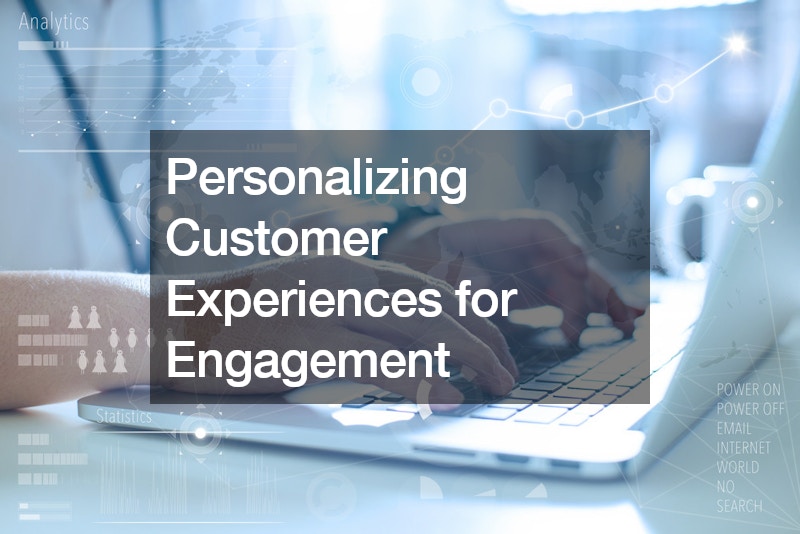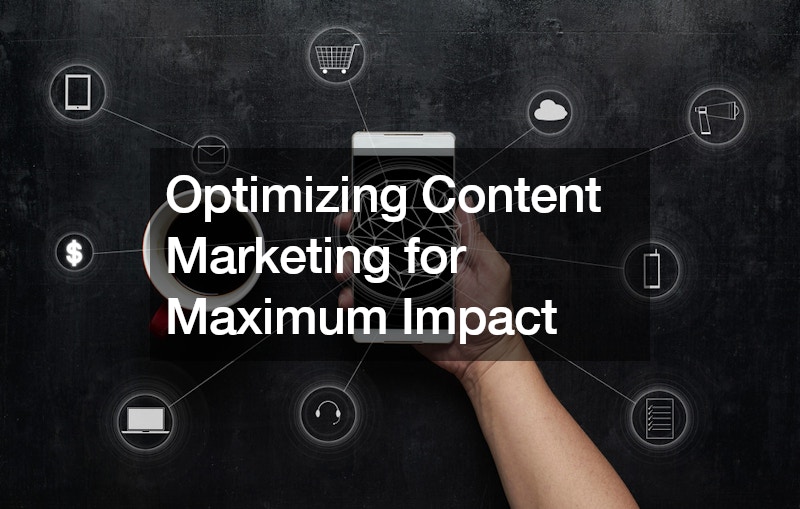How To Market
Marketing in the digital age has evolved dramatically, shifting from traditional methods to more dynamic and interactive strategies that cater to the ever-changing preferences of consumers. As businesses strive to stay relevant and competitive, understanding the concept of concurrent customers—those who engage with multiple brands simultaneously—has become crucial. These customers are not just passive recipients of marketing messages; they actively seek value, relevance, and engagement from the brands they interact with. Therefore, businesses must be marketing by adopting strategies that not only capture attention but also foster long-term relationships. By integrating data-driven insights and multi-channel approaches, companies can effectively target and retain concurrent customers, ensuring their marketing efforts are both impactful and sustainable.

Understanding Concurrent Customers in the Modern Market
Concurrent customers are individuals who interact with multiple brands at the same time, seeking out the best products, services, and experiences that meet their needs. In today’s market, these customers have access to a wealth of information and options, making it essential for businesses to stand out and offer unique value propositions. Understanding the behaviors, preferences, and motivations of concurrent customers is key to developing effective marketing strategies. This involves not only recognizing the competitive landscape but also identifying the factors that drive customer loyalty and satisfaction. By focusing on these aspects, businesses must be marketing by tailoring efforts to attract and retain these valuable customers, ensuring a consistent and engaging brand experience.
For instance, a window and door installation company must recognize that their potential customers are likely to compare multiple service providers before making a decision. To capture the attention of concurrent customers, this company should highlight its unique selling points, such as superior product quality, exceptional customer service, or innovative installation techniques.
Developing a Customer-Centric Marketing Strategy
A customer-centric marketing strategy places the needs, preferences, and behaviors of customers at the forefront of all marketing efforts. This approach requires businesses to shift their focus from product-centric to customer-centric, ensuring that every interaction and communication is designed to provide value and meet customer expectations. Developing such a strategy involves thorough market research, customer segmentation, and personalized marketing tactics. By understanding the unique characteristics and preferences of different customer segments, businesses must be marketing by tailoring messages that resonate with their audience. This not only enhances customer satisfaction but also fosters loyalty and long-term relationships.
For an excavation contractor, adopting a customer-centric marketing strategy means understanding the specific needs of their clients, whether they are residential homeowners or large commercial developers. The contractor should gather detailed insights into their client’s project requirements, budget constraints, and timelines. By offering customized solutions and demonstrating a deep understanding of their client’s challenges, the excavation contractor can position themselves as a trusted partner. Marketing efforts should emphasize the contractor’s expertise, reliability, and commitment to delivering high-quality results.

Leveraging Data Analytics for Customer Insights
Data analytics plays a pivotal role in modern marketing, providing businesses with valuable insights into customer behavior, preferences, and trends. By leveraging data analytics, companies can make informed decisions about their marketing strategies, ensuring they are aligned with the needs and expectations of their target audience. This involves collecting and analyzing data from various sources, such as website traffic, social media interactions, and customer feedback. With these insights, businesses can identify patterns and trends, allowing them to optimize their marketing efforts and achieve better results. Data-driven marketing not only improves the effectiveness of campaigns but also enables businesses to adapt quickly to changing market conditions and customer preferences.
For a moving service, utilizing data analytics can provide a competitive edge by uncovering valuable insights into customer preferences and behaviors. By analyzing data on customer inquiries, bookings, and feedback, the moving service can identify the most popular services, peak moving seasons, and common pain points. This information can be used to be marketing by tailoring messages, optimizing service offerings, and improving overall customer experience.
Implementing Multi-Channel Marketing Approaches
In today’s digital landscape, customers engage with brands through multiple channels, including social media, email, websites, and in-store visits. Implementing a multi-channel marketing approach allows businesses to reach concurrent customers wherever they are, providing a seamless and integrated experience across all touchpoints. By maintaining a consistent brand message and presence across various channels, companies can enhance their visibility and engagement with their audience. This strategy not only maximizes reach but also ensures that marketing efforts are cohesive and aligned, leading to a more effective and efficient marketing campaign.
For a restroom trailer rental service, utilizing multi-channel marketing can significantly expand its reach and attract a diverse range of customers. The company should leverage various platforms, such as social media to showcase its products and services, email marketing to provide personalized offers and updates, and a user-friendly website for detailed information and online bookings. By integrating these channels, the restroom trailer rental service can create a unified and engaging customer experience.

Personalizing Customer Experiences for Engagement
Personalization is a powerful tool in marketing, allowing businesses to tailor their messages and offerings to meet the unique needs and preferences of their customers. By delivering personalized experiences, companies can enhance customer engagement, satisfaction, and loyalty. Personalization involves using data and insights to understand customer behavior, preferences, and purchasing patterns, and then can be marketing by crafting messages and offers that resonate with individual customers. This not only makes customers feel valued and understood but also increases the likelihood of repeat business and positive word-of-mouth referrals.
For a commercial insurance company, personalizing customer experiences can significantly improve client relationships and retention rates. The company can use data analytics to gather insights into the specific needs and risks of different businesses and industries. By offering tailored insurance solutions and proactive risk management advice, the commercial insurance provider can demonstrate a deep understanding of their clients’ unique challenges. Personalized email campaigns, targeted content to be marketing, and customized policy recommendations can further enhance the customer experience.
Utilizing Social Media to Reach Concurrent Audiences
Social media has become an indispensable tool for businesses looking to connect with concurrent customers. With billions of users worldwide, platforms like Facebook, Instagram, Twitter, and LinkedIn offer unparalleled opportunities to engage with a wide and diverse audience. Utilizing social media effectively involves creating engaging content, fostering interactive conversations, and leveraging targeted advertising to reach specific customer segments. By maintaining an active and responsive social media presence, businesses can build brand awareness, drive traffic to their websites, and foster a sense of community among their followers.
For a local roofing company, social media can be a game-changer in reaching and engaging with concurrent customers. The company can use platforms like Facebook and Instagram to showcase its work through photos and videos, share customer testimonials, and provide useful tips on roof maintenance and repairs. Engaging content, such as before-and-after project photos and live Q&A sessions, can attract potential customers and encourage them to interact with the brand. Additionally, targeted ads on social media can help the roofing company reach homeowners in specific geographic areas who need roofing services.

Optimizing Content Marketing for Maximum Impact
Content marketing is a vital strategy for businesses aiming to engage and convert concurrent customers. By creating and distributing valuable, relevant, and consistent content, companies can attract and retain a clearly defined audience. Optimizing content to be marketing involves understanding the needs and interests of your target customers, producing high-quality content that addresses these needs, and distributing it through the appropriate channels. Effective content marketing not only builds brand awareness and authority but also drives traffic and generates leads, ultimately contributing to increased sales and customer loyalty.
For a plumbing contractor, optimizing content marketing can significantly enhance their ability to reach and engage with concurrent customers. The contractor can create a variety of content types, such as blog posts, how-to guides, and video tutorials, that provide practical solutions to common plumbing issues. By sharing this content on their website, social media platforms, and through email newsletters, the plumbing contractor can establish themselves as an expert in the field.
Building Loyalty Programs to Retain Concurrent Customers
Loyalty programs are an effective way to retain concurrent customers by rewarding them for their continued business. These programs encourage repeat purchases and foster long-term relationships by providing incentives such as discounts, exclusive offers, and reward points. Building a successful loyalty program involves understanding what motivates your customers and designing rewards that align with their preferences. A well-executed loyalty program not only boosts customer retention but also enhances overall customer satisfaction and advocacy, turning loyal customers into brand ambassadors.
For a janitorial service, implementing a loyalty program can be a powerful strategy to retain concurrent customers. The service can offer reward points for each cleaning service purchased, which customers can accumulate and redeem for discounts on future services or free add-ons like carpet cleaning or window washing. Additionally, the janitorial service can provide exclusive offers and promotions to loyalty program members, such as priority booking or seasonal discounts.
Harnessing the Power of Email Marketing Campaigns
Email marketing remains one of the most effective tools for engaging with concurrent customers and driving conversions. By delivering targeted and personalized messages directly to customers’ inboxes, businesses can nurture leads, promote products and services, and build strong relationships. Successful email marketing campaigns involve segmenting your audience, crafting compelling and relevant content, and utilizing automation to deliver timely messages. Regularly analyzing the performance of email campaigns and making data-driven adjustments can further enhance their effectiveness and ensure that marketing efforts are aligned with customer needs.
For a tree service, harnessing the power of email marketing can help maintain a strong connection with current and potential customers. The tree service can send out regular newsletters that include tips on tree care, seasonal reminders for pruning or fertilization, and updates on special offers or discounts. By segmenting their email list, the tree service can deliver personalized content based on customers’ specific needs and past interactions.
Measuring and Adapting Marketing Efforts Continuously
In an ever-changing market, businesses must measure and adapt their marketing efforts continuously. By regularly analyzing key performance indicators (KPIs) and metrics, companies can gain insights into the effectiveness of their marketing strategies and identify areas for improvement. This process involves setting clear objectives, using analytics tools to track performance, and making data-driven decisions to optimize campaigns. Continuous measurement and adaptation not only improve marketing outcomes but also ensure that businesses remain agile and responsive to the evolving needs and behaviors of concurrent customers.
For a home insurance provider, continuously measuring and adapting marketing efforts is essential to stay competitive and meet customer expectations. The provider can track metrics such as website traffic, conversion rates, and customer acquisition costs to evaluate the performance of their marketing campaigns. By analyzing this data, the home insurance provider can identify which channels and tactics are most effective in attracting and converting concurrent customers.
Building Loyalty Programs to Retain Concurrent Customers
Loyalty programs are an effective way to retain concurrent customers by rewarding them for their continued business. These programs encourage repeat purchases and foster long-term relationships by providing incentives such as discounts, exclusive offers, and reward points. Building a successful loyalty program involves understanding what motivates your customers and designing rewards that align with their preferences. A well-executed loyalty program not only boosts customer retention but also enhances overall customer satisfaction and advocacy, turning loyal customers into brand ambassadors.
For a janitorial service, implementing a loyalty program can be a powerful strategy to retain concurrent customers. The service can offer reward points for each cleaning service purchased, which customers can accumulate and redeem for discounts on future services or free add-ons like carpet cleaning or window washing. Additionally, the janitorial service can provide exclusive offers and promotions to loyalty program members, such as priority booking or seasonal discounts.
Consistency is Key
To effectively be marketing your business to concurrent customers requires a multifaceted approach that integrates customer-centric strategies, data-driven insights, and personalized experiences. By understanding the unique needs and behaviors of concurrent customers, businesses can develop tailored marketing campaigns that resonate and engage. Implementing multi-channel marketing, leveraging social media, and optimizing content are essential tactics to capture the attention of these customers. Furthermore, building loyalty programs and harnessing the power of email marketing can enhance customer retention and foster long-term relationships. Continuous measurement and adaptation of marketing efforts ensure that businesses remain agile and responsive to market changes.

